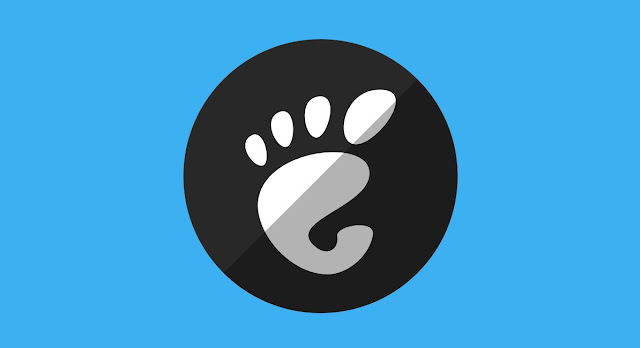GNOME OS poked its leg out last week with the intention of becoming a test platform for what is de facto the official GNU/Linux desktop environment, a situation that occurs mainly thanks to the support it has from the giants that surround the Open Source system.
In other words, GNOME OS does not come to compete with Fedora and Ubuntu, but it is a system aimed at those who want to contribute to improving the desktop environment. However, you never know where a path leads once you have started. Its approach could be due to the fact that it would try not to collide with Fedora, a distribution that for years has played de facto the role of the official operating system of the environment due to the close relationship between Fedora, Red Hat and GNOME.
GNOME OS wants to be an operating system that can be installed and run on physical machines, although at that point the managers have published a test image for QEMU/KVM virtual machines that can be installed following the steps that we are going to expose below.
First, you have to download the virtual machine image from the GNOME GitLab portal.
The second step is to unzip the image, which is done by executing the following command from the location where the file is located:
unxz disk.img.xz
In the third step, you must start importing and running the virtual machine.
virt-install --name GNOMEOS --boot uefi --video virtio --memory 2048 --import --disk disk.img
After executing the last command you have to open GNOME Boxes or possibly virt-manager, although for the last application it is probably necessary to add the running user to the 'libvirt' group and restart the computer. From there you can follow the first steps of GNOME (same as other GNU/Linux systems with GNOME) and test the system. Being a virtual machine that works with EFI firmware, it is not possible to create snapshots, an inconvenience that has dragged on for years and that forced to revert the default use of UEFI in GNOME Boxes.
A detail to take into account is that the Flathub repository comes pre-installed, which opens the door to use a multitude of applications, although not all of them have the necessary udev rules for controllers, something that at least for now does not provide GNOME OS nor the Flatpak package itself.
As we see, GNOME OS has already really started, although not in the way and with the objectives that many would like. We close with a screenshot obtained from its execution in Boxes and advising that the instructions vary if the Nightly version in Flaptak format of the same virtualization solution is being used.








![[GUIDE] Ubuntu: how to free port 53 used by systemd-resolved](https://blogger.googleusercontent.com/img/b/R29vZ2xl/AVvXsEhTnOVoFyPFdIH_O58bx2dvTOjds0TlkTktMpMg3tW7GKuhiqyPivAPPjChpHvd-2TKm8yfhrpX_VGnBjV_e5h7HYEB9Ic07hkLGIRPF-mbsh7iFMICQwmNWAxq11PYPWz16aHUjhPCPacG/w100/ubuntu-19-04-eol.jpg)
0 Comments